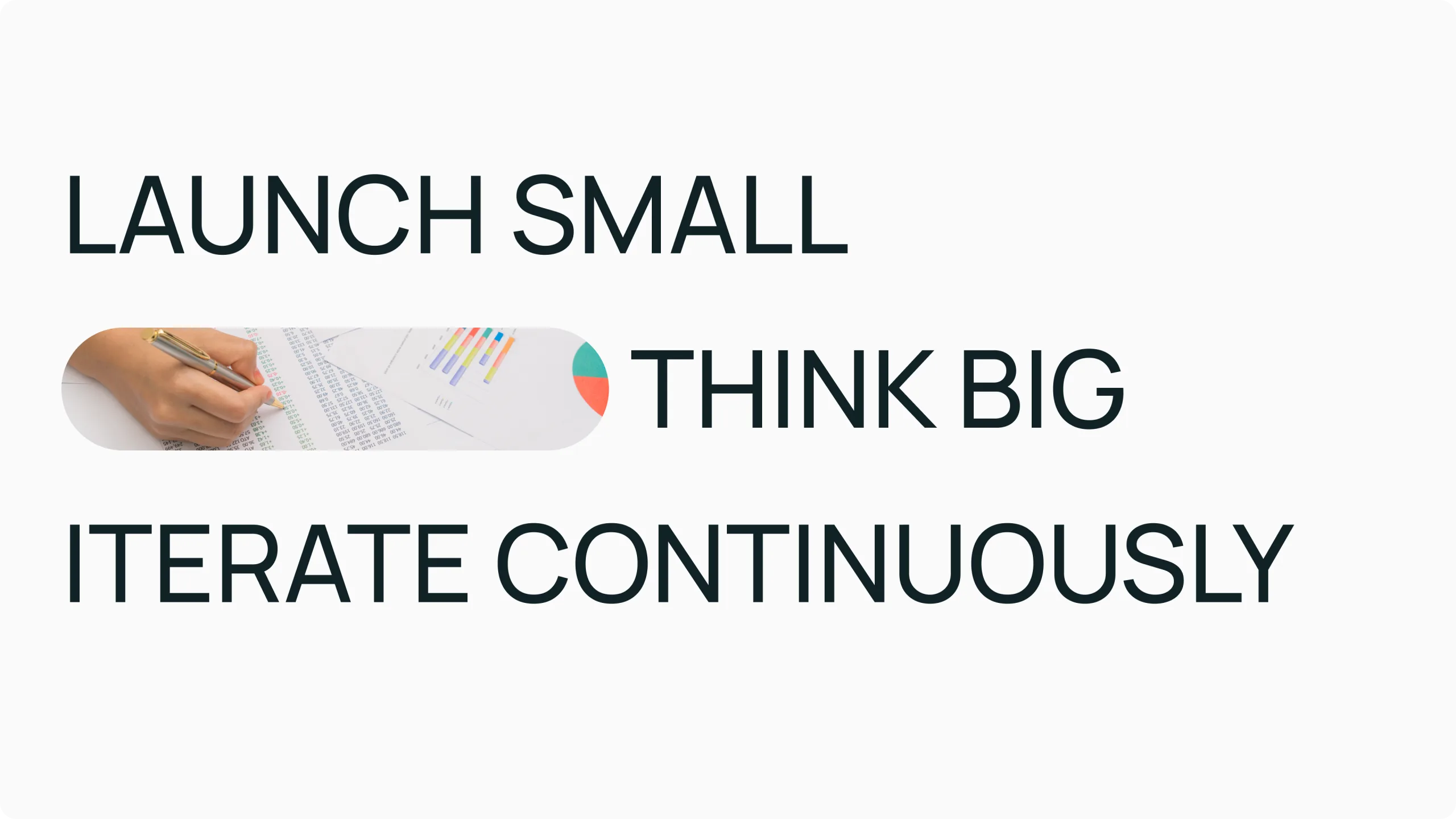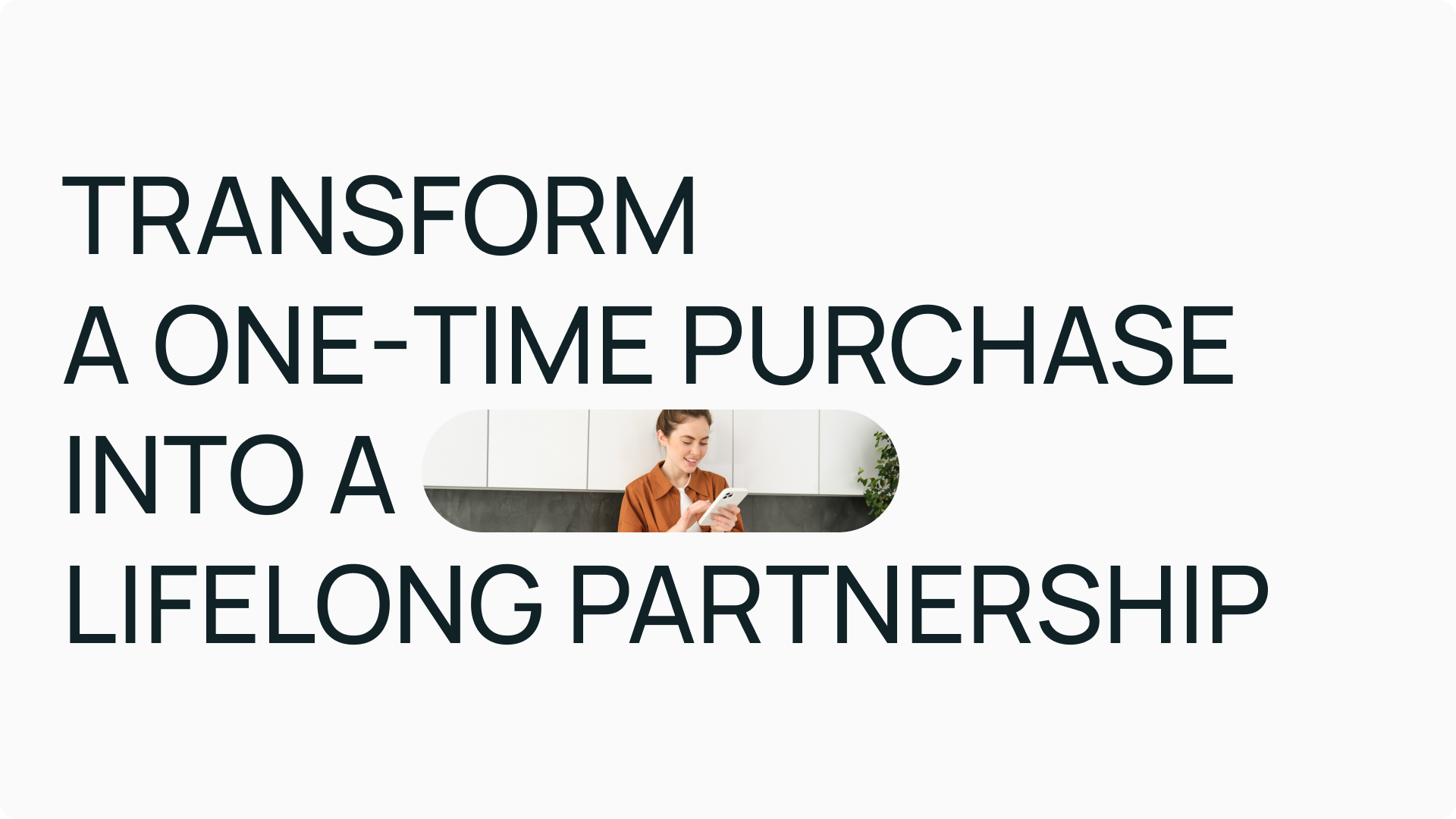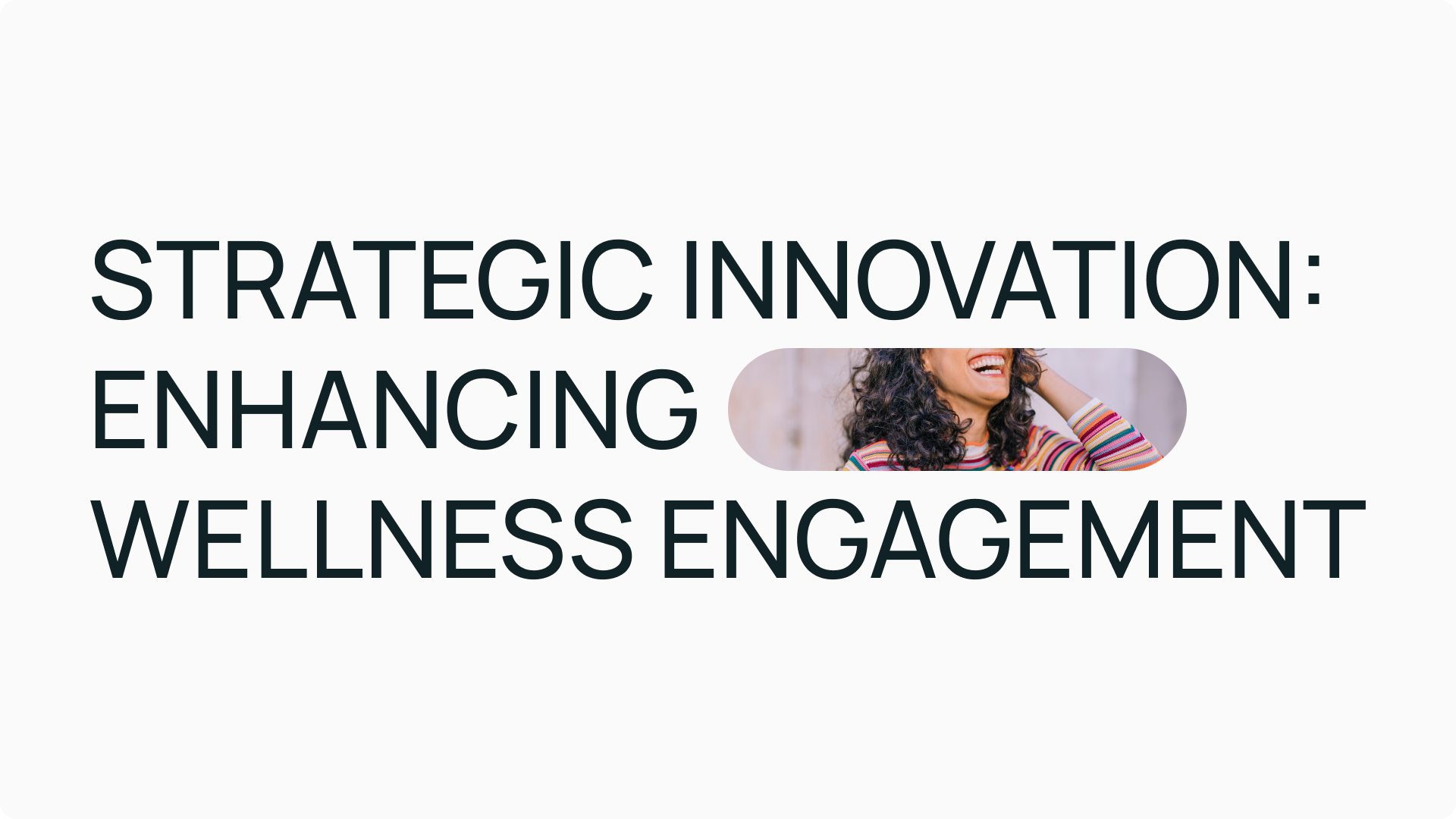

Hi, I’m
Negar
Yaghoobi
As a Mental Health Ed-Tech Entrepreneur & Advisor, I’ve built and exited two companies in this space. My first served over 700,000 consumers before a successful exit in 2017, and my second evolved into a clinical research project focused on a “Digital Vitamin” for subclinical anxiety.
Leveraging my entrepreneurial expertise, engineering background, and deep understanding of user behavior, I advise other mental health ed-tech companies. I’ve worked with over 20 startups and organizations to create products that connect with users and deliver the right value.

My Blog
Below are several ways to integrate AI into psychoeducation, grouped into four strategies: 1- The New Creative (AI as Enabler) 2- The Prosumer (AI as Amplifier) 3- The Delegator (AI as Replacement) 4- The Skilled Apprentice (AI as Coach)
So, step away from the old blueprint of “design, then pray.” Embrace real user engagement data from the start. That’s how you turn “hope” into “we’re building—together.”
Building a user engagement roadmap is about turning insights into action. By systematically testing, refining, and iterating based on user feedback, you ensure that each change you make brings you closer to an experience that truly resonates.
Many businesses focus intently on making the sale but spend far less time ensuring that new customers actually become active, engaged users. The result is what we can call the “engagement gap”
In an era where user expectations are continually evolving, leveraging data is not just advantageous—it’s essential. By adopting data-driven approaches, businesses can create more personalized, engaging, and satisfying user experiences.
Micro-interactions—those brief, often subconscious moments where users interact with a product—play a crucial role in creating a seamless and engaging experience.
By understanding cognitive biases and human behavior, designers can create products that not only meet user needs but also resonate on a deeper psychological level. The key is to apply these principles thoughtfully and ethically, always keeping the user's best interests at heart.
For professionals aiming to stay at the forefront of the industry, it's essential to grasp the intricate mechanisms and emerging trends in AI-driven personalization. This article explores advanced strategies, cutting-edge technologies, and key considerations that are redefining personalized user experiences.
In today’s digital world, users expect more than just functionality from the products they use. They’re looking for personalized experiences that fit their unique preferences and needs. That’s where Artificial Intelligence (AI) and Machine Learning (ML) come in.
This article explores innovative strategies to build and sustain user engagement in wellness tech products, complete with examples and practical insights.
The wellness industry has embraced digital transformation, with apps playing a pivotal role in helping individuals manage their health and well-being. To stand out in a crowded market, wellness apps must offer exceptional user experiences.
Engagement is an ongoing journey of understanding, adapting, and innovating. Keep asking the right questions, and you'll find the answers that drive your product's success.
This article explores the top UX design trends in educational apps, complete with useful links and real-world examples.
In an era where digital learning is not just supplementary but integral, the EdTech landscape is burgeoning with opportunities and challenges.
In a world where emotional intelligence is becoming more important than ever, having an app that not only helps you grow but tailors itself to your life is a game changer. Ready to level up your EQ in a fun, personalized way? This app makes it possible.
Picture this: a smart, online planner that creates a personalized learning journey for you. It breaks down your goal into a daily, actionable plan designed to match your preferred learning style. Not only that, but the planner also adjusts itself every day based on what you’ve completed (or not completed).
Imagine having access to a personal feedback assistant that you can call on anytime you need input, without fear of judgment or poorly timed interruptions. This AI assistant is designed to give you honest, thoughtful, and empathetic feedback tailored to your situation.
Book Therapy isn’t just for book lovers; it’s for anyone who believes in the power of stories to make sense of life. Whether you’re going through something difficult or just need some clarity, this AI-powered tool can guide you to the perfect book that feels like it was written just for you.
Imagine if learning about mental health could be as easy and enjoyable as browsing Netflix. Instead of scrolling through endless text or sitting down with a dense workbook, you could find mental health resources that fit into your life just like a good movie or podcast.
Imagine an app or platform where you pick characters dealing with situations you can relate to. Instead of drowning in facts and stats, the character asks you thoughtful questions that help you explore the situation with empathy and understanding.





















